Author: Jake Huolihan
Dry hopping is viewed by many as the best method for imparting certain styles with the hoppy characteristics so many desire without increasing bitterness too much. As the dry hops mingle with the beer, compounds that would otherwise volatilize during the hot boil get released, imparting delectable aromatic and flavor characteristics.
At one point, the common approach to dry hopping involved adding a charge of hops to beer that was already fermented, and usually racked to a secondary vessel, then letting it sit for 7 to 10 days before packaging. However, as our knowledge of , particularly as it relates to hyper-hoppy styles like New England IPA, brewers began adapting their dry hopping methods in various ways, one of which involved leaving the dry hops in contact with the beer for less time. Indeed, it’s been reported that John Kimmich of The Alchemist dry hops the famed Heady Topper for “no less than 3 days and no more than 5 days,” while some report great results dry hopping for as little as 24 hours.
It’s been nearly 5 years since our first xBmt on this topic showed tasters could distinguish a beer dry hopped for 2 days from one dry hopped for 11 days, and since then, I’ve tended to rely on shorter dry hop lengths. There are times, though, where something has come up after I added the dry hop charge that forced me to leave them in the beer longer than usual. While I never detected anything wrong with these beers, I was curious if the difference in dry hop length had a perceptible impact and decided to test it out again for myself.
| PURPOSE |
To evaluate the differences between an IPA that was dry hopped for 3 days and one that was dry hopped for 7 days.
| METHODS |
The focus of this xBmt being what it is, American IPA seemed an obvious choice.
Extended Stay IPA
Recipe Details
| Batch Size | Boil Time | IBU | SRM | Est. OG | Est. FG | ABV |
|---|---|---|---|---|---|---|
| 5.5 gal | 60 min | 103.4 IBUs | 7.1 SRM | 1.066 | 1.013 | 7.0 % |
| Actuals | 1.066 | 1.015 | 6.8 % | |||
Fermentables
| Name | Amount | % |
|---|---|---|
| Genie Pale Malt | 15 lbs | 93.75 |
| Vienna Malt (Weyermann) | 10 oz | 3.91 |
| Melanoidin (Weyermann) | 6 oz | 2.34 |
Hops
| Name | Amount | Time | Use | Form | Alpha % |
|---|---|---|---|---|---|
| Pekko | 30 g | 60 min | Boil | Pellet | 15 |
| Cascade | 60 g | 30 min | Boil | Pellet | 5.5 |
| Centennial | 60 g | 5 min | Boil | Pellet | 10 |
| Citra | 47 g | 5 min | Boil | Pellet | 12 |
| Citra | 60 g | 7 days | Dry Hop | Pellet | 12 |
| Nugget | 60 g | 7 days | Dry Hop | Pellet | 13 |
Yeast
| Name | Lab | Attenuation | Temperature |
|---|---|---|---|
| Dry Hop (A24) | Imperial Yeast | 76% | 64°F - 74°F |
Notes
| Water Profile: Ca 50 | Mg 0 | Na 8 | SO4 75 | Cl 36 |
Download
| Download this recipe's BeerXML file |
After collecting the water, making the mineral additions, and turning on the element to heat it up, I weighed out and milled the grains.
With the water adequately heated, I incorporated the grist then checked to ensure it was at my target mash temperature.
The mash was left to rest for 60 minutes, after which I transferred the sweet wort from the MLT to the kettle.
While lautering, I weighed out the kettle hop additions.
The wort was then boiled for 60 minutes with hops added as stated in the recipe.
Once the boil was complete, I quickly chilled the wort with my immersion chiller.
A refractometer reading showed the wort was right at the expected OG.
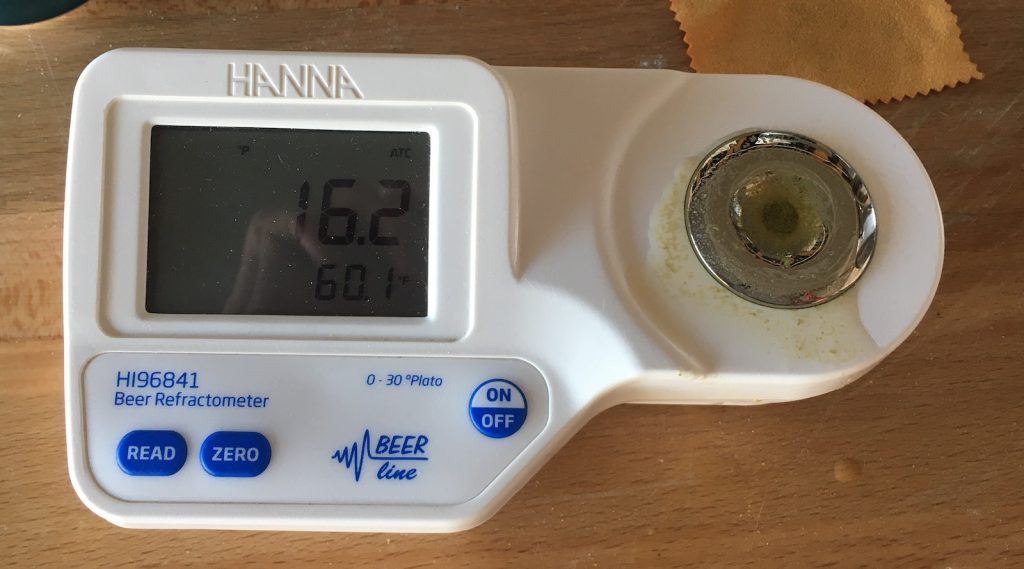
Identical volumes of wort were racked to separate sanitized Ss Brewtech Brew Buckets.
The fermenters were connected to my glycol rig and left to finish chilling to my desired fermentation temperature of 66°F/19°C before I pitched a pouch of Imperial Yeast A24 Dry Hop, which seemed fitting given the variable.
I added a dry hop charge to one beer 3 days into fermentation then waited another 4 days before adding an identical amount of hops to the second beer.
After an additional 3 days, I took hydrometer measurements showing both batches had reached the same FG.

At this point, each beer was pressure transferred to a CO2 purged keg and placed next to each other in my keezer where they were burst carbonated overnight before I reduced the gas to serving pressure. The beers were ready to serve after a couple days of conditioning.
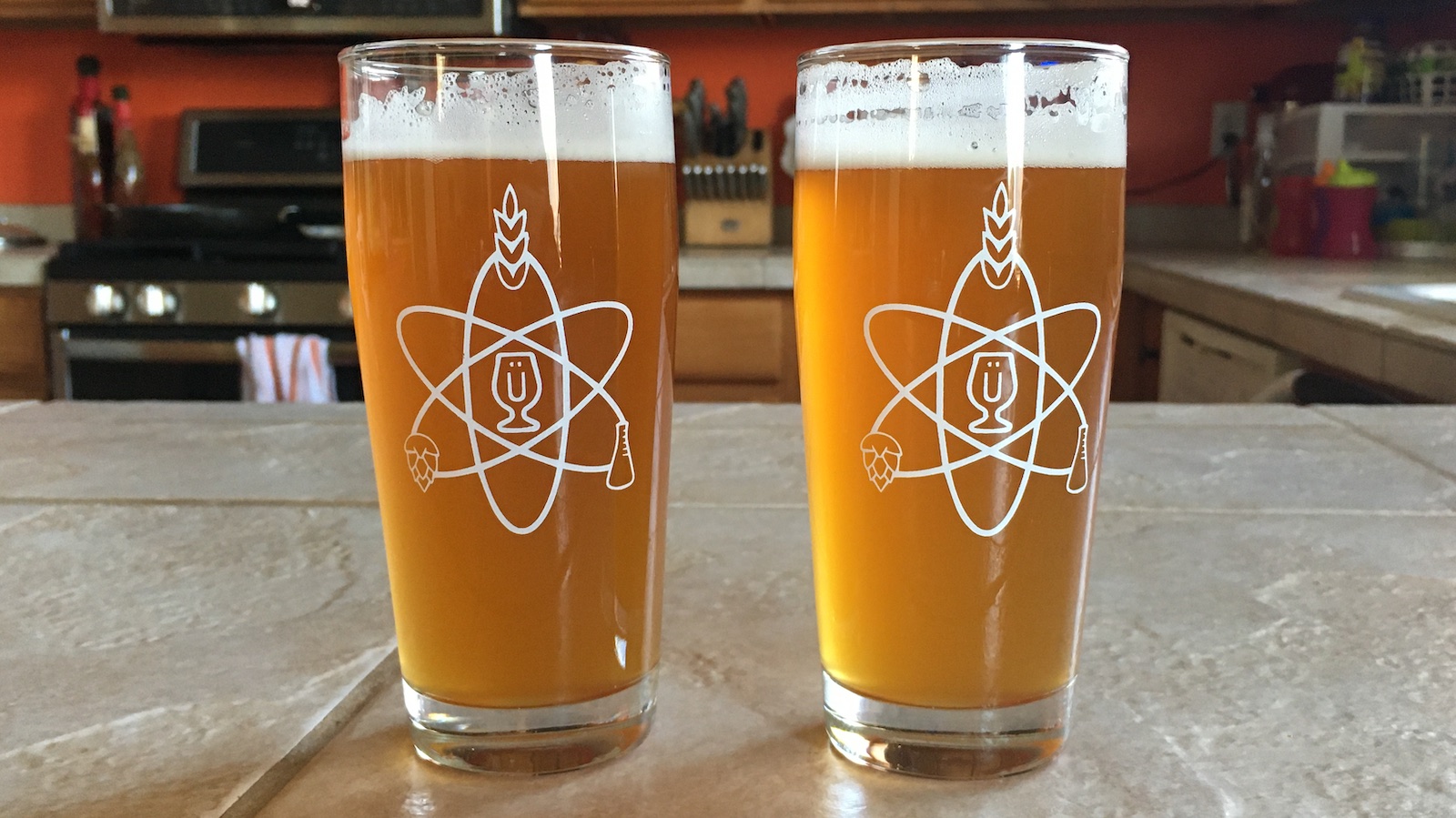
| RESULTS |
Due to social distancing practices as a result of the COVID-19 pandemic, data for this xBmt was unable to be collected in our typical manner. As such, temporary adaptations were made involving the author completing multiple semi-blind triangle tests in as unbiased a way as possible.
Utilizing 4 opaque cups of the same color where 2 were inconspicuously marked, one set was filled with the beer dry hopped for 3 days while the other set was filled with the beer dry hopped over 7 days. For each triangle test, 3 of the 4 cups were indiscriminately selected, thus randomizing which beer was the unique sample for each trial. Following each attempt, I noted whether I was correct in identifying the unique sample. Out of the 10 semi-blind triangle tests I completed, I needed to identify the unique sample 7 times (p<0.05) in order to reach statistical significance, though I did so just 3 times (p=0.71), indicating my inability to reliably distinguish an IPA dry hopped for a 3 day duration from one dry hopped over 7 days.
This was my first experience using Imperial Yeast A24 Dry Hop, which is a blend two of their other popular IPA strains, A20 Citrus and A04 Barbarian. While these beers possessed great citrus flavor with a particularly strong grapefruit note, there was a soft melon note I’m guessing was contributed by the yeast. Not bad at all, but in the future, I’ll stick to more a more neutral strain when making West Coast IPA.
| DISCUSSION |
There are a number factors a brewer must consider when planning to dry hop a beer– amount of hops, number of additions, temperature, and of course, how long to let the hops stay in the beer. Despite evidence suggesting oil extraction occurs in as little as 24 hours, some prefer to dry hop for as long as 2 weeks, which others claim can lead to grassy off-flavors. When comparing beers dry hopped for either 3 or 7 days, I was unable to reliably distinguish them and felt they were identical in every perceptible way.
Given the significant results of a past xBmt comparing beers dry hopped for either 2 or 11 days, I was curious if reducing the delta in dry hop length would lead to a similar result. It’s impossible to say with certainty why I was unable to tell these beers apart, but at the very least, it suggests dry hop length within a certain reasonable time frame may not lead to noticeable differences.
I’ve never held strong opinions about dry hop length and have had good beers that were dry hopped for various amounts of time. Because it’s just as easy and allows me to turn beer around quicker, I’ll continue to dry hop for 3-5 days, though I won’t fret if I’m forced to extend this a few additional days.
If you have any thoughts about this xBmt, please do not hesitate to share in the comments section below!
Support Brülosophy In Style!
All designs are available in various colors and sizes on Amazon!
Follow Brülosophy on:
FACEBOOK | TWITTER | INSTAGRAM
If you enjoy this stuff and feel compelled to support Brulosophy.com, please check out the Support page for details on how you can very easily do so. Thanks!


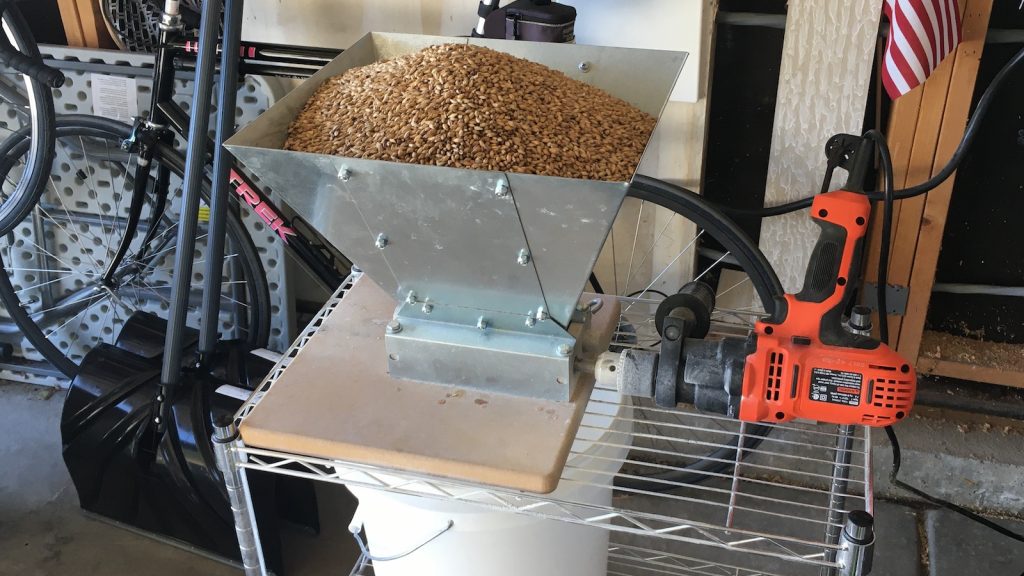
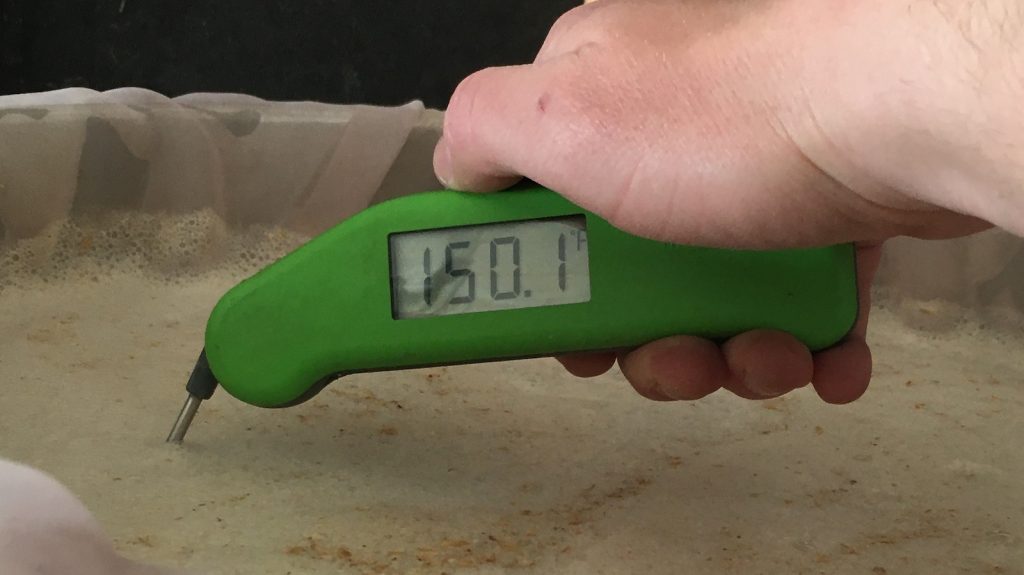

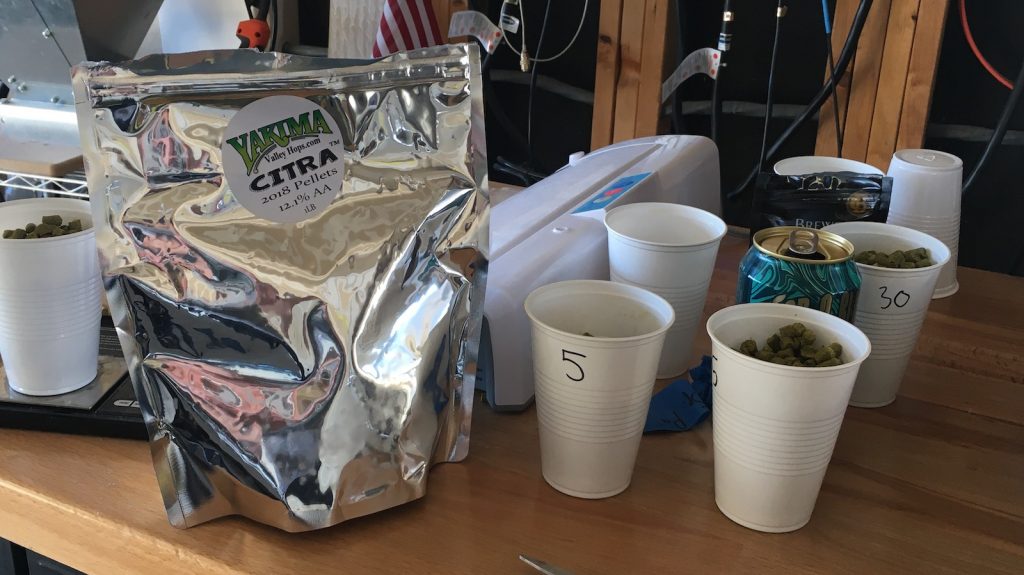
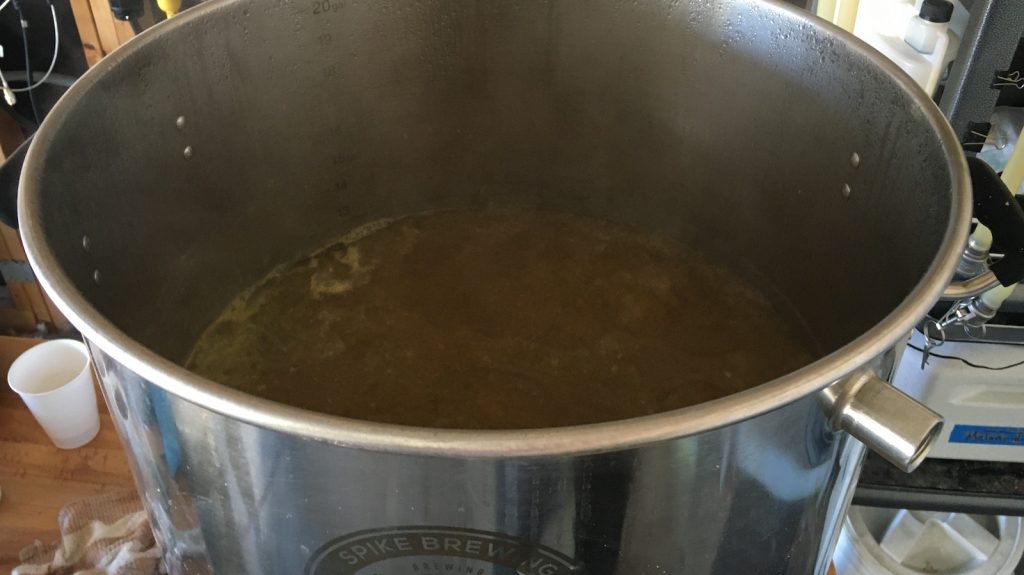
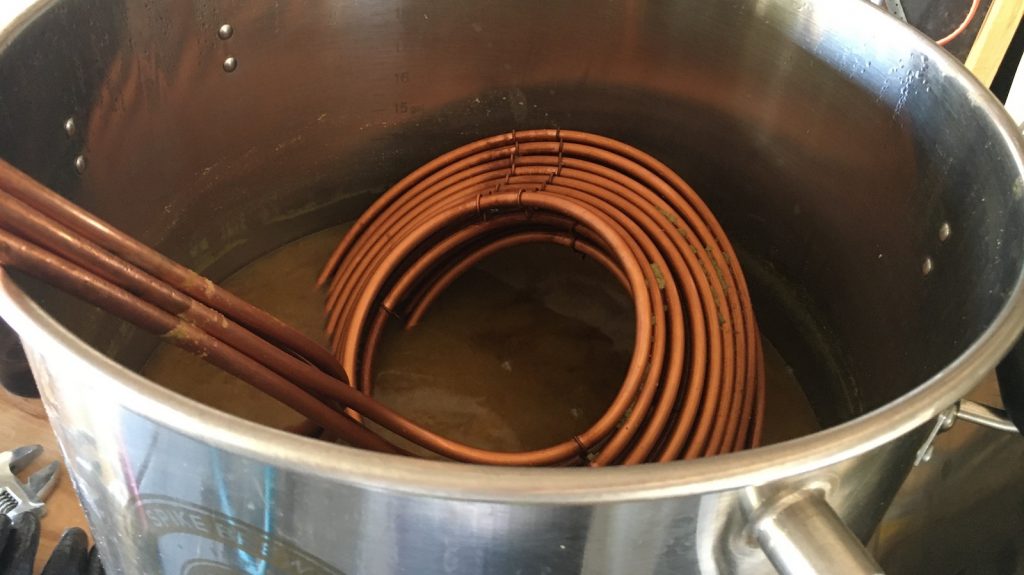

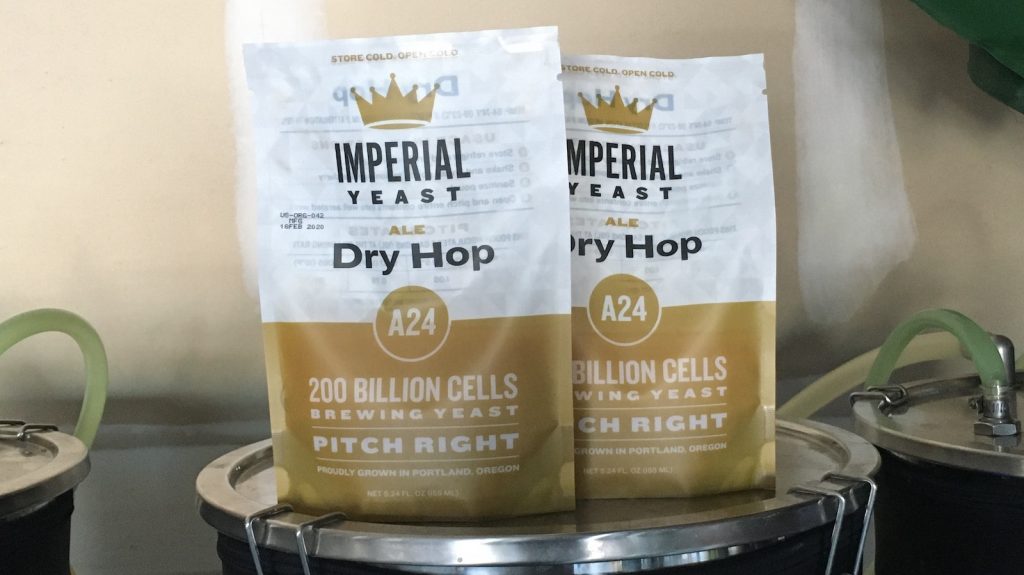












8 thoughts on “exBEERiment | Impact Dry Hop Length Has On American IPA”
I think your soft melon note comes from the Nugget hops. I like to make an all-Nugget IPA now and again and consistently notice a melon flavor.
A24 puts a pretty unique intense flavor into a beer. seems like it would taste weird in a maltier ipa.
In my last brew I dry hopped for 48hrs while in cold crush. Any xbmt on that?
The beer turned out great btw but I am not objective 🙂
Something to be careful of with short dry-hop times is diacetyl from refermentation. This may not be detected until a week or two after kegging; in other words, you may keg with a lot of alpha-acetolactate that had yet to convert. There’s probably some strain-dependency with this. One of the strains in the Dry Hop blend is a diastaticus, which probably chewed up most of the dextrins already, so any diacetyl resulting from refermentation was likely below threshold. And dry hopping while primary is still active is also good protection. For me, 7-10 days of contact time works great, but I’ve let it sit as long as 3 weeks without issue.
Thanks to the article author and to you for this comment.
Currently dry hopping a 5.5 US gallon malty dark ale with 2 ounces Magnums in nylon bag since American Ale II pitch.
Article made me second guess planned duration; your comment put me back at ease :).
What I remember reading in Scott Janish’s blog and book is that dry hopping extraction has its peak at 48h for comercial volumes and for homebrew scale should be less, as extraction is inversely proportional to volume.
That’s my guess neither this or the old test reached statistical significance – both were performed after the theoretical peak.
What your thoughts regarded that?
In my last brew I dry hopped for 48 hours during the cold crash at 1°c. Is there an xbmt with dry hop during cold crash?
The beer turned out very nice although I am not objective 🙂
If Janish says 24 hours at commercial level and we think that there may be an inverse proportionality factor to it then maybe a experiment with a 12 hour dry hop vs standard 5 day or whatever. Not that this actually matters in the big scheme of home brewing. I think the 3 to 14 day gap that we often see people about has to do with life and home brewers not needing to turn around a beer quickly.